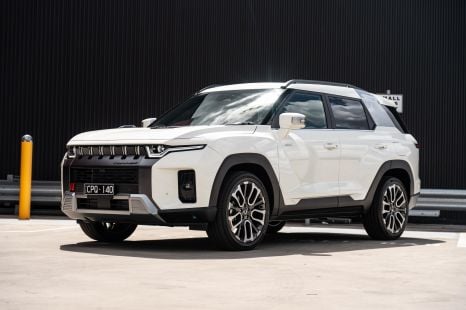

Max Davies
6 Days Ago
Rust appearing on the Tesla Cybertruck’s stainless steel panels is no cause for concern, according to the man behind its development.

Contributor
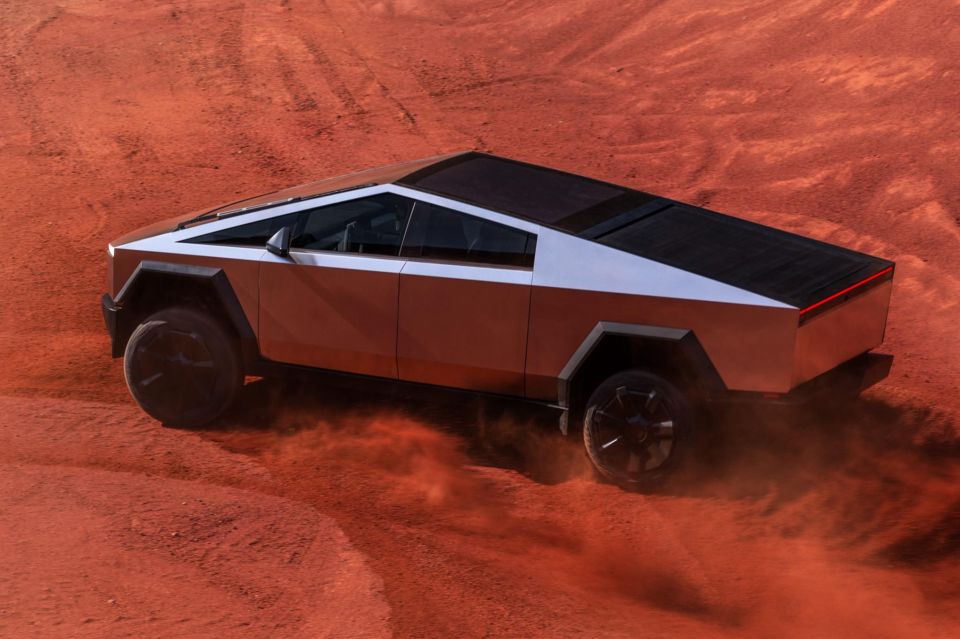

Contributor
Claims from Tesla Cybertruck owners that their electric pickups are already showing signs of rust – just three months after deliveries began – have been dismissed by one of the electric vehicle (EV) giant’s engineers.
As reported earlier this month, multiple Tesla Cybertruck owners in the US have voiced their concerns online, after the pickup’s stainless steel panels appeared to show rust.
Given stainless steel isn’t meant to rust – and the panels aren’t protected by a clear coat – this led to fears that the EV would corrode even faster than a traditional painted car.

However, Wes Morrill, the Tesla Cybertruck’s lead engineer, has now quashed the claims and offered a scientific explanation as to why the surface rust is appearing.
“Stainless is reactive and free iron that sits on it will rust,” Mr Morrill said in a post on X – formerly known as Twitter – in response to a video debunking the rust concerns.
“It’s surface contamination only and can be cleaned off easily. Bar Keeper’s Friend used here works well, CitriSurf 77 can also loosen the deposit and simply wipe it off. If anything [is] stubborn, use a blue non-scratch Scotch Brite pad as it won’t leave any marks on the metal.”
Given Mr Morrill’s explanation, it’s likely the rust spots showing up on the Tesla Cybertruck are caused by iron in the atmosphere – such as from brake pads – which is then settling on the body.
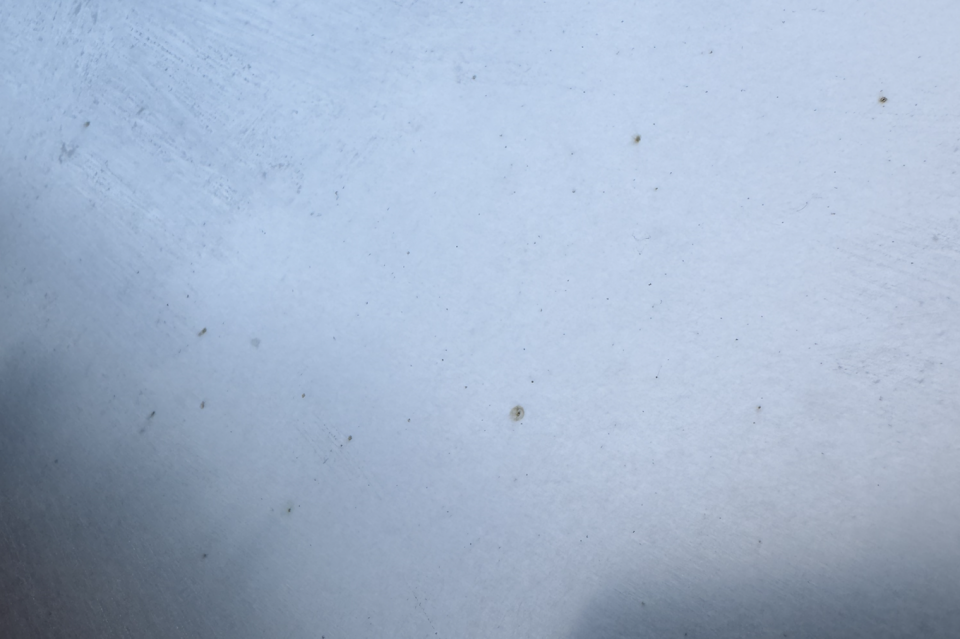
Tesla has previously said the Cybertruck’s body panels are formed from “30X” stainless steel, without explicitly referring to what grade.
The DeLorean DMC-12 – arguably the most well-known car with stainless steel body panels – first used 304 grade materials, before it was discovered the cold-rolling production process made the surface slightly magnetic, attracting tiny metal particles as now seen on the Cybertruck.
DeLorean later changed to 316 grade stainless steel, which not only offered better corrosion resistance but also had no magnetic effect.
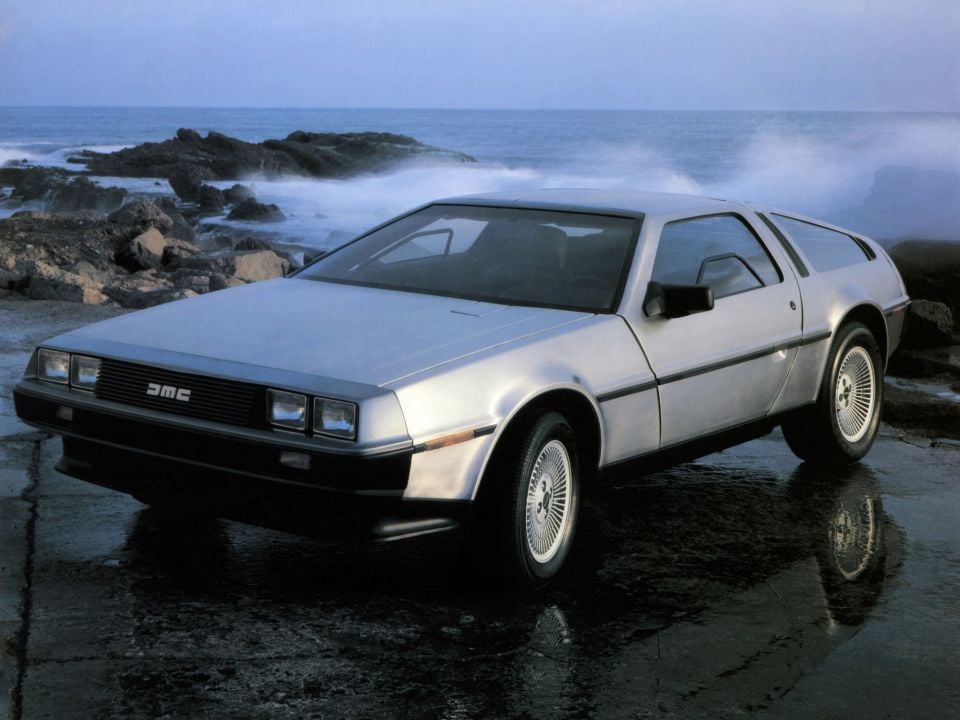
In the Cybertruck’s owner’s manual, Tesla says “it is normal for the stainless steel exterior to mature over time, resulting in minor changes to the reflective properties and colour of the metal”.
Owners are also advised to “not wait until the Cybertruck is due for a complete wash” and to “immediately remove corrosive substances (such as grease, oil, bird droppings, tree resin, dead insects, far spots, road salt, industrial fallout, etc)”.
The Tesla Cybertruck has not been confirmed for Australia, and is currently produced only in left-hand drive.
CarExpert does the hard work to get you the best price. No negotiating, no hidden costs, just expert help and real savings on your next new car.
Born and raised in Canberra, Jordan has worked as a full-time automotive journalist since 2021, being one of the most-published automotive news writers in Australia before joining CarExpert in 2024.


Max Davies
6 Days Ago


Matt Campbell
5 Days Ago
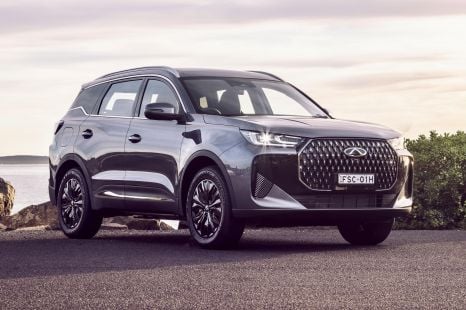

Max Davies
4 Days Ago


Josh Nevett
2 Days Ago
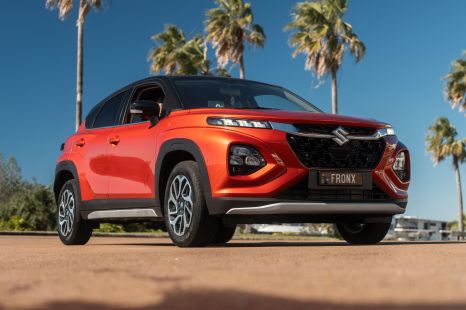

William Stopford
2 Days Ago
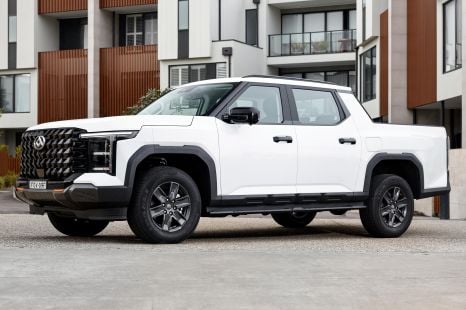

Damion Smy
1 Day Ago